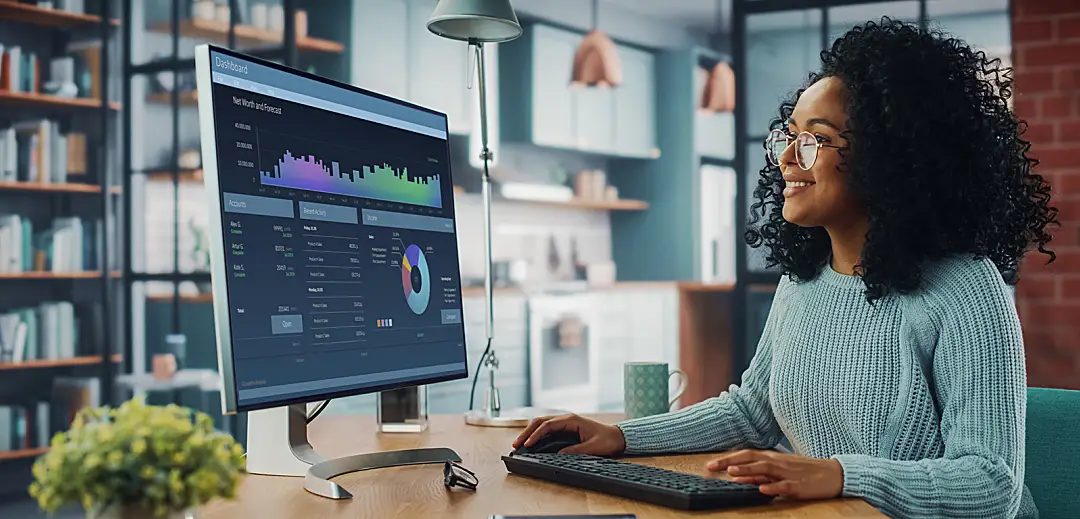
This post was previously published at AEA 365
Hi there! It’s Manon, Meredith, Emily, Anika and Whitney, and we are a group of Public Health Analysts, Evaluators, and Epidemiologists at RTI International - an independent, nonprofit research institute. We are passionate about creating engaging evaluation products, so we banded together as champions of data visualization, representing information through graphs, charts, and diagrams, to improve how our organization shares project findings. We’re here today to share our experiences and hot tips for building a data visualization culture in your organization.
HOT TIPS for Data Visualization
Find others committed to data visualization
We all know creating organizational change is hard, but it’s even harder alone. Start off by connecting with others who also have a passion for data visualization and are willing to step into that champion role alongside you.
As a team, we held many informal conversations about data visualization, our role models, proudest moments and lessons learned. These conversations fostered deeper professional connections, and helped us create a mini, informal community of data visualization learning and support.
Have a data visualization vision… and a plan
What does an ideal data visualization future look like for your organization? Think about the staff in your organization’s data visualization strengths and weaknesses, and what you’d like to improve. Then, figure out a plan to make that happen. Are you hoping to replace 30-page reports with 1-page graphics? Or maybe start using charts that capture your organization’s audience’s attention with color and minimal distractions? How will you do that? Workshops? Trainings? A Community of Practice? Office hours?
We envision RTI being well-known for creating engaging and useful reports and presentations for our clients. We have a few plans for our organization, including hosting data visualization workshops in the future where our colleagues can collaborate on improving charts and visuals for our clients.
Get leadership on board
Leadership approval is key, because most of us can agree – when there is leadership buy-in, actual change happens. Show leadership how data visualization can help them and the organization stand out - get more funding and more recognition. To get leadership approval we suggest sharing examples, success stories, and your data visualization vision and plans. Once leadership is on board, data visualization will inevitably be a priority and staff will be more encouraged to build their skills.
For our organization, we met with leadership and shared how our team’s evaluation efforts helped our client win an award because of the visually appealing and accessible product our team helped to create. That example started the movement.
Start small
Don't try to change the whole organization at one time. Instead, identify key groups of people who are most likely to have an interest or stake in this type of work.
We started working with evaluation folks and other groups working on similar projects with similar clients.
Keep it simple
Show people just how easy data visualization changes can be by demonstrating simple tips and tricks on well-known available digital tools.
We shared basic insights on common data visualization “rules” and how easy those were to apply to any dataset and chart in Excel.
Just get going
Most importantly, it’s to just start the movement! Even if it seems daunting, take that first step and share your love of data visualization with others.
We started with one short Lunch & Learn presentation, and that eventually evolved to another.
We are still in the early stages of building a data visualization culture, so if you have any suggestions or lessons learned, we’d love to hear your experiences!